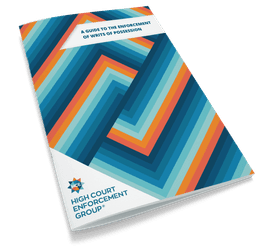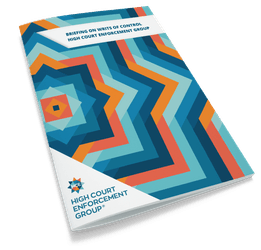High Court enforcement and charging orders

When the judgment debtor’s only asset is their house, the creditor has the option of taking out a charging order on the debtor’s property to secure the judgment debt.
Charging orders
This will mean that, when the house is sold, the creditor will be paid, providing there is enough money left after other charges that have priority have been paid. The charging order must be registered with the Land Registry.
If the creditor has a number of judgments against the creditor, they can apply for a single charging order to cover all these.
If the creditor has obtained a charging order and wants to obtain payment without waiting for a sale, they will require an order for sale.
The Tribunals Courts and Enforcement Act 2007 introduced changes to charging orders which came into force in 2012. These changes allow the creditor to obtain a charging order where payment is being made by installments and there is no default on those installments.
The changes also set a minimum threshold for the value of the debt for the creditor to obtain an order for sale. Currently the threshold is £1,000. There is no minimum amount for the charging order itself.
It is worth noting that the court will require good reason for granting the order for sale, particularly if it would leave the debtor and their family homeless.
High Court enforcement
Whilst charging orders have grown in popularity over the “credit crunch” years, this can be a long game.
However, if the circumstances change and further assets come to light, the creditor may wish to consider transferring the judgment to the High Court for enforcement under a writ of control.
The enforcement of the writ can proceed as normal and this will not impact on the validity of the charging order.
Should the debt be paid, or assets sold to repay part or all of the debt, then the charging order will either be discharged (if the debt is recovered in full) or reduced by the sums recovered during enforcement.
In our experience, creditors with charging orders should regularly review the circumstances within the first six years of obtaining judgment to see whether there is a possibility of success through other means of enforcement, so as to recover some or all of the debt more quickly than waiting for a sale.



